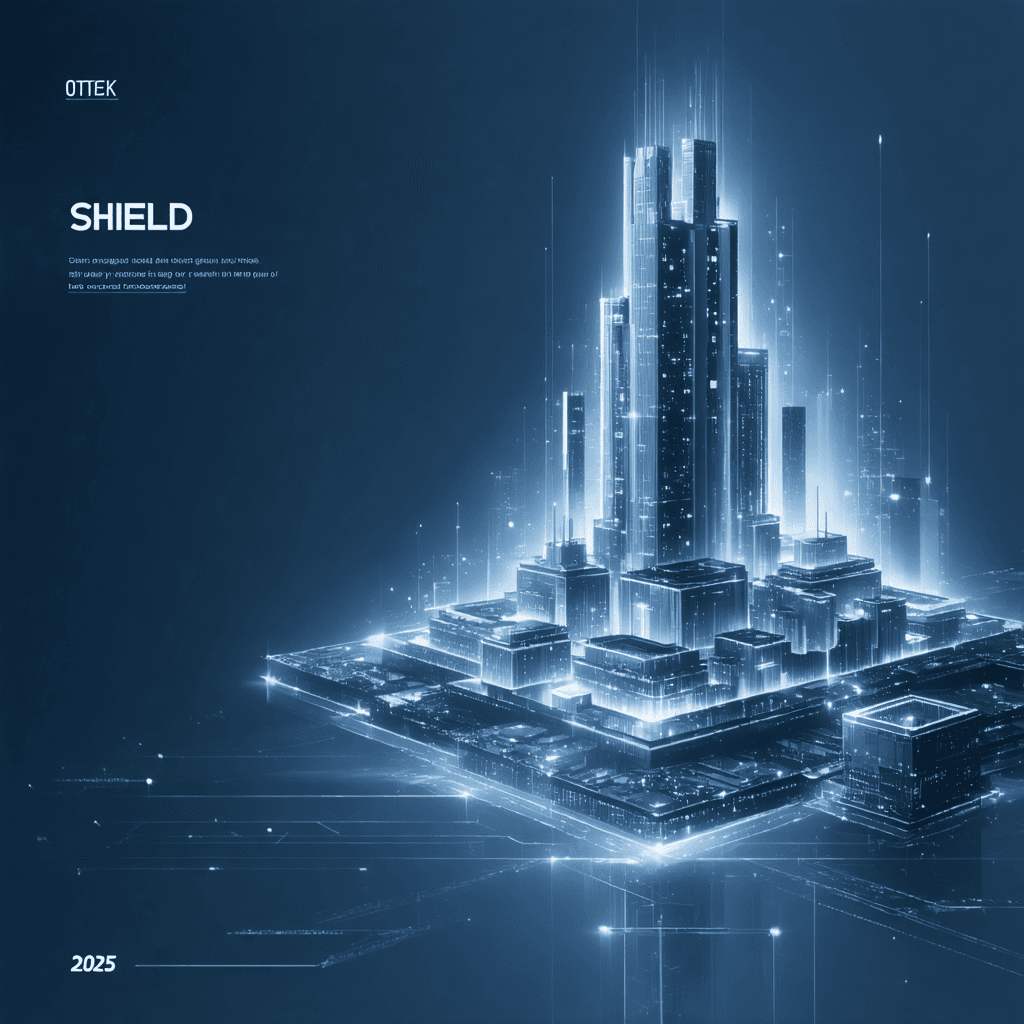Project Managers: Your 2025 Blueprint to Shield Critical Infrastructure from the Latest Cyber Threats
In today's hyperconnected world, protecting critical infrastructure has become more challenging and crucial than ever. As we navigate through 2025, project managers face unprecedented cybersecurity challenges that require innovative solutions and robust strategies. Let's explore the essential blueprint for safeguarding vital systems against evolving cyber threats.
The Evolving Threat Landscape
Recent data shows a 300% increase in cyber attacks targeting critical infrastructure since 2023, with energy sectors and transportation networks being the primary targets. These sophisticated attacks often leverage AI-powered tools and quantum computing capabilities, making traditional security measures increasingly obsolete.
Key Vulnerabilities in 2025
- IoT Integration Points: The explosive growth of IoT devices in industrial systems has created numerous entry points for cybercriminals
- Legacy System Dependencies: Many organizations still rely on outdated systems that lack modern security features
- Supply Chain Weaknesses: Third-party vendors and suppliers often become unwitting gateways for cyber attacks
- Human Factor: Social engineering remains a significant threat vector, with phishing attacks becoming increasingly sophisticated
Essential Security Measures for Project Managers
1. Zero Trust Architecture Implementation
The zero trust model has proven to be one of the most effective approaches in 2025. Key components include:
- Continuous verification of all access requests
- Micro-segmentation of networks
- Real-time monitoring and analytics
- Identity-based security protocols
2. AI-Powered Security Operations
Leverage artificial intelligence and machine learning to:
- Detect anomalies in real-time
- Predict potential security breaches
- Automate incident response
- Analyze patterns in vast amounts of security data
3. Quantum-Ready Security Protocols
With quantum computing advancing rapidly, implementing quantum-resistant encryption is crucial:
- Post-quantum cryptography implementation
- Quantum key distribution systems
- Regular cryptographic agility assessments
- Hybrid classical-quantum security solutions
Best Practices for Project Management
Risk Assessment and Planning
- Conduct regular threat modeling sessions
- Implement dynamic risk assessment frameworks
- Develop incident response playbooks
- Maintain updated business continuity plans
Team Training and Awareness
- Regular cybersecurity training sessions
- Simulated phishing exercises
- Security awareness campaigns
- Cross-functional security workshops
Compliance and Regulatory Considerations
Stay compliant with the latest regulations:
- NIST Cybersecurity Framework 2.0
- Updated GDPR requirements
- Industry-specific compliance standards
- Regional security mandates
Documentation and Reporting
Maintain comprehensive documentation of:
- Security incidents and responses
- Risk assessment results
- Compliance audit trails
- Training records
Emerging Technologies and Tools
1. Blockchain for Infrastructure Security
- Immutable audit trails
- Secure access management
- Distributed system integrity
- Smart contract automation
2. Edge Computing Security
- Distributed security architecture
- Real-time threat detection
- Automated response systems
- Local data processing and protection
Budget Allocation and Resource Management
Effective resource allocation is crucial:
- 40% - Technology and tools
- 25% - Training and awareness
- 20% - Incident response and recovery
- 15% - Compliance and documentation
Future-Proofing Your Security Strategy
Long-term Planning
- Regular security architecture reviews
- Technology refresh cycles
- Skill gap assessments
- Partnership development
Measuring Success
Key Performance Indicators (KPIs) to track:
- Mean time to detect (MTTD)
- Mean time to respond (MTTR)
- Security posture score
- Compliance rating
Crisis Management and Response
Incident Response Plan
- Clear chain of command
- Communication protocols
- Stakeholder management
- Recovery procedures
Business Continuity
- Regular backup testing
- Failover systems verification
- Alternative site readiness
- Supply chain resilience
Recommendations for Immediate Action
- Conduct a comprehensive security audit
- Update incident response plans
- Implement zero trust architecture
- Enhance team training programs
- Review and update security policies
Conclusion
The landscape of critical infrastructure security continues to evolve rapidly. Project managers must stay ahead of threats by implementing robust security measures, maintaining regulatory compliance, and fostering a culture of security awareness. Success in protecting critical infrastructure requires a combination of cutting-edge technology, well-trained teams, and adaptive strategies.
Ready to enhance your cybersecurity expertise? Explore our comprehensive range of courses and resources at 01TEK. From advanced security certifications to practical workshops, we provide the tools and knowledge you need to protect your critical infrastructure effectively. Visit our website today to begin your journey toward superior cybersecurity management.
The critical ingredient is getting off your butt and doing something. It’s as simple as that. A lot of people have ideas, but there are few who decide to do something about them now. Not tomorrow. Not next week. But today. The true entrepreneur is a doer, not a dreamer.
Nolan Bushnell, entrepreneur.



